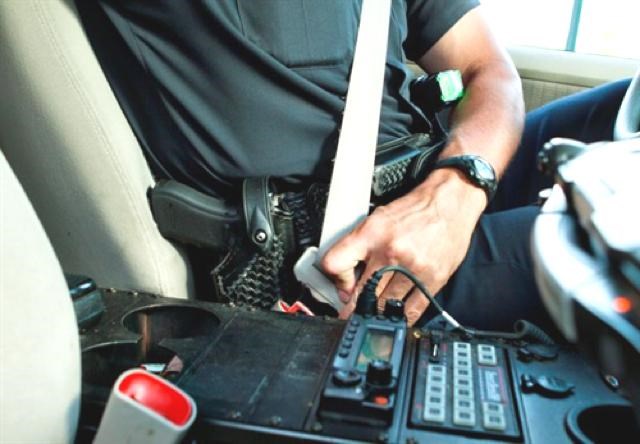A new Protection and Response Team (PRT) has been created to aid in the reduction of crime in rural Saskatchewan, announced Attorney General Gordon Wyant on August 22.
The new PRT has been created in response to recommendations by the Caucus Committee on Crime to address crime reduction. The proposed plan enacts the recommendations of the Committee to ensure the continued safety of the province’s residents.
The recommendations come out of consultations the Committee had conducted in November 2016. “The security and safety of the people of Saskatchewan is the number one priority of the Ministry of Justice,” Wyant said. “I would like to thank the Caucus Committee on Crime for their thorough efforts in their province-wide consultations.”
As part of these consultations, the Committee toured 10 communities over 12 days and met with 58 stakeholders. It also accepted and reviewed written submissions.
“The Committee heard several issues on crime in rural and urban areas, the absence of police visibility in rural areas was a main concern,” Committee chair Herb Cox said. “We are very pleased with the response being taken to address the recommendations of the committee.”
The new PRT will consist of 258 armed officers who will have arrest and detention powers, including 120 police officers from RCMP and municipal police services. This is made up of 60 police positions currently deployed to the Combined Traffic Services Saskatchewan Initiative, 30 new police positions and 30 re-purposed police positions currently funded by the ministry.
These positions will be integrated with 40 Ministry of Highways Commercial Vehicle Enforcement Officers with expanded powers and 98 Ministry of Environment Conservation Officers.
The Committee’s recommendations also include ensuring RCMP resources and personnel are used effectively in rural areas, reviewing legislation to allow municipalities to jointly administer alternative policing programs, providing more funding for on-reserve programming and services and other measures.



